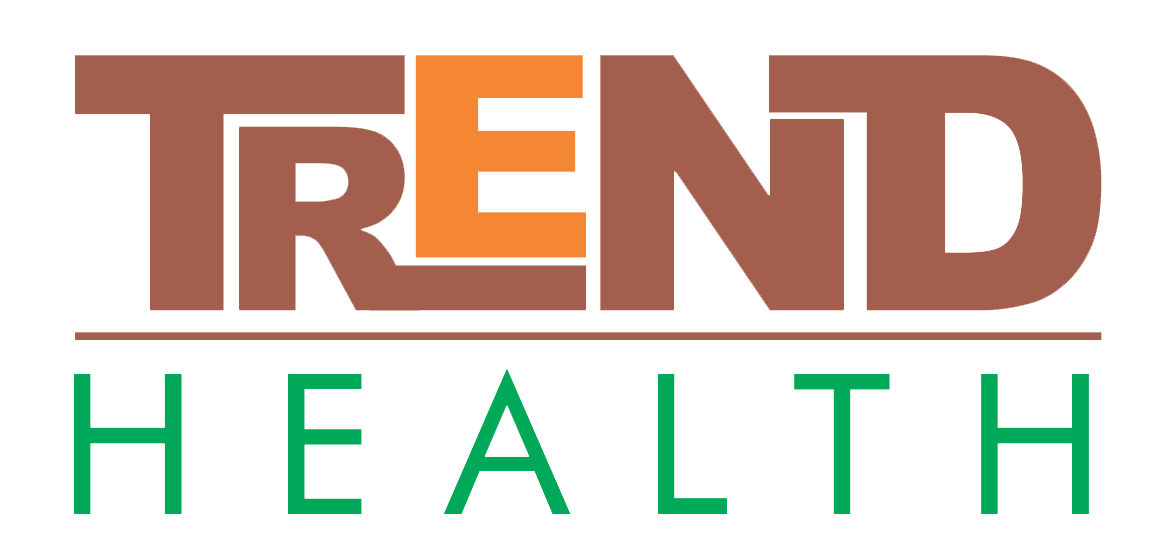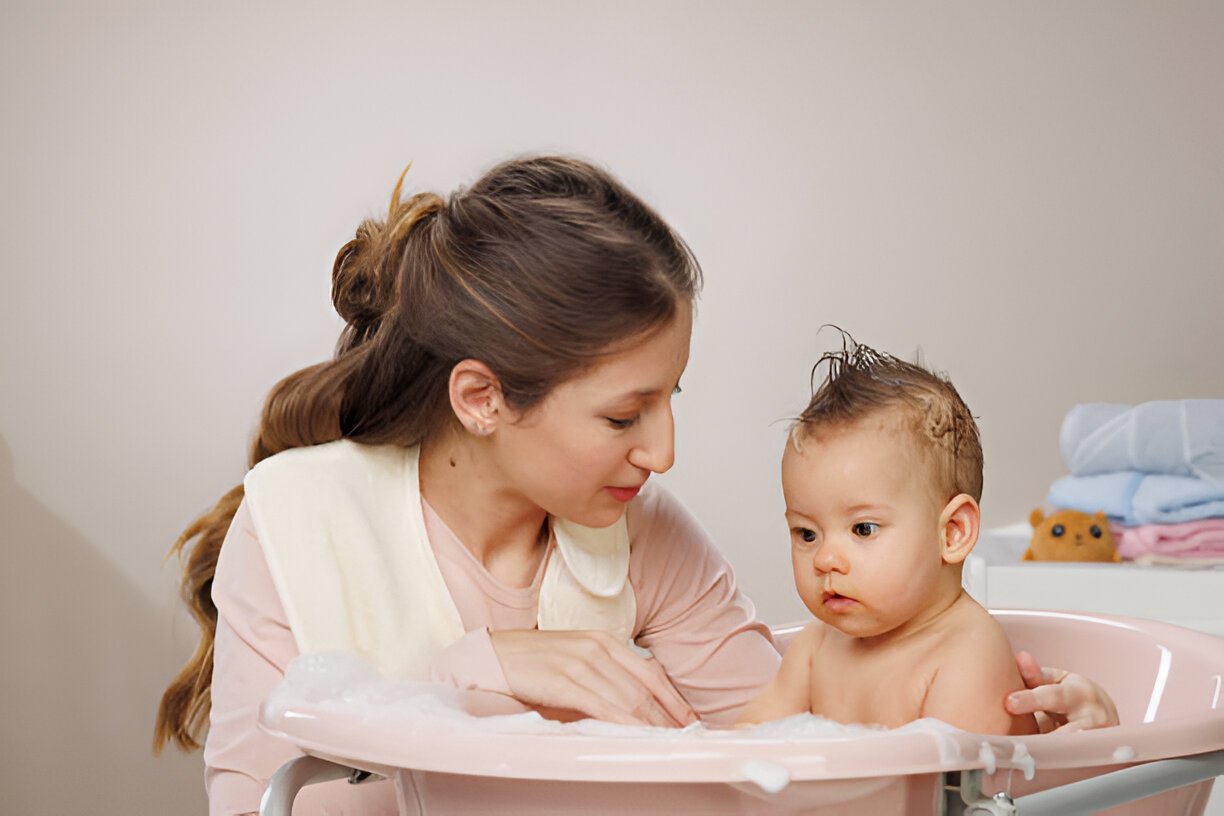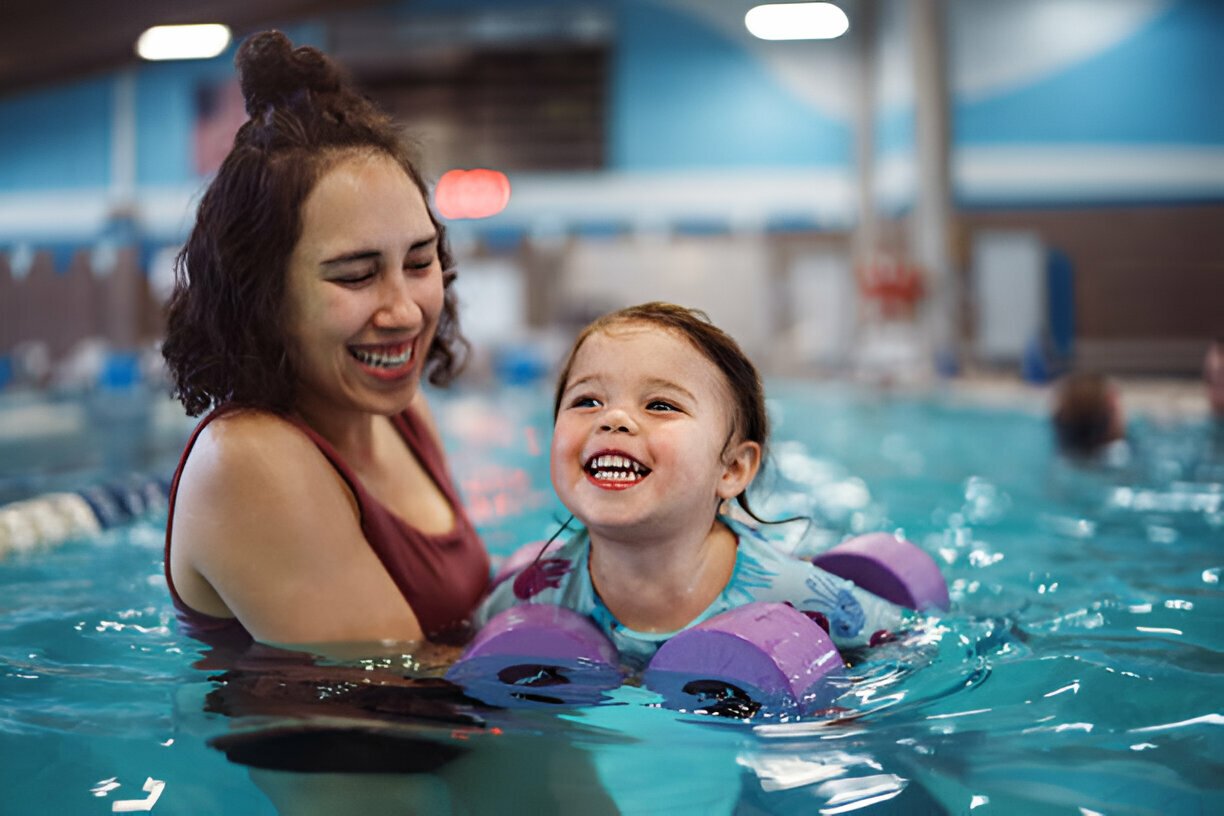The skin is the largest organ of our body, and it needs more care. Babies’ skin is more delicate, so it needs extra care. When there is a specific skin concern, the situation becomes further sensitive.
Cradle cap is one of those common skin concerns that most babies have. The chance of it occurring increases up to 70% when the baby reaches the age of 3 months.
Generally, it is safe to ignore this condition and leave it as it is. It will fade out within a few weeks. Severe symptoms will need proper treatment. Read more to know what to do about this condition in specific scenarios.
Cradle cap
Being a common skin disease, your kid is likely a target of this condition. But you don’t have to panic. It is a form of seborrheic dermatitis (SD) and is less severe than in adults (dandruff).
It usually starts from the scalp and ends but can spread to other body parts, including:
- Armpits
- Skin folds
- Diaper area
- Face
- Neck
- Behind ears
- Skin creases
Generally, it shows the following symptoms:
- Yellow or white flakes
- Oily or dry flakes
- Scaly patches
- Rash
- Itching
- Mild inflammation
- Redness
If these are the symptoms in your kid but in moderate amounts, he/she is safe and does not need excessive care. Even if it does heal on its own, you should be careful of its flare-ups.
So, you do not need to get treatment for your kid’s cradle cap; what should you do then? The best way to ensure it won’t flare up is to create a good and effective routine.
Universal routine for cradle cap in kids
Every human has a different skin tone. What works for a child may or may not work for another. So, it is hard to tell what routine is good for your baby to be safe from the dangers of cradle cap.
That is why the best approach is to follow the general instructions that will apply to all children, regardless of their skin tone, age, and ethnicity.
This universal routine will work as management and cradle cap treatment. So, whether you want to treat or manage it, this routine applies to both scenarios. Follow the methods below.
Regular cleaning
Cleaning includes everything necessary to live healthily. It includes keeping the clothes clean, giving your kids enough baths, keeping the environment clean from dust and mites, and using clean clothes and accessories.
If your kid sweats a lot, change the dressing and wash your baby. To give a good bath to your child, you should follow some instructions:
- Use lukewarm water
- Give him/her short baths
- Limit bath timing to 5 to 10 minutes.
- Do not rub your hands vigorously on your baby’s skin.
- Do not use adult products (shampoos, soaps, etc) for your kid. Instead, use baby shampoo.
- Pat dry with a soft cloth.
Generally, 2 to 3 baths are considered safe within a week. If the skin is excessively oily, give your child more baths to remove extra oil.
If the skin is dry, you can reduce the bath count. The ultimate goal is to keep the skin and surroundings clean.
Regular moisturizing
Cradle cap often causes dry skin. Baths remove natural oils from the skin. The best way to solve this issue is to use a moisturizing cream or gel after bathing your kid.
Pat dry the skin to remove water. Then, apply a good moisturizer and gently massage the scalp and other affected areas. If the skin is excessively dry, apply moisturizer whenever you wash your kid.
Regular massage
Massage helps soothe the skin (if done with a moisturizer or a shampoo) and improve its texture. It will also help you remove flakes gently without picking them. Gently massage will loosen flakes and reduce itching.
You can massage the scalp with a moisturizer or natural oils. Coconut oil is a good option, and aloe vera gel can also be used. Daily massage for 20 minutes will show significant improvements.
Right shampoo

This step will greatly help you, whether the condition is serious or normal. A cradle cap shampoo can be used during baths to thoroughly clean the skin and reduce symptoms.
Use it two times a week. If you see visible results, adjust the amount of shampoo used according to your kid’s present condition.
Even if the cradle cap is gone, you can use this shampoo in a regular skincare routine because it is made for gentle skin care and treatment of seborrheic dermatitis in children and adults.
Regular brushing
Although massage with a shampoo or moisturizer is good for loosening flakes, a soft brush will do the work more accurately. Use a brush with soft bristles to remove flakes on your kid’s skin.
It will help safely remove flakes without damaging skin or hair.
If all the flakes are not removed, do not try hard to remove them. Do brushing daily to remove them completely. You can use the brush before, after, and during the bath.
Some important instructions
In addition to getting treatment or following a management routine, you must consider factors that may help or worsen the cradle cap.
- Do not scratch. This will damage the skin and hair. Use itch-relieving creams.
- Do not manually pick flakes. This way, you can damage your baby’s skin or hair.
- If your kid experiences temporary hair loss, do not rush to get hair care treatments. The hair loss is temporary, and growth will continue after the cradle cap goes away.
- Do not use random products. Trust only medicated and fragrance-free products.
- Do not hurry. Wait for some days and let it heal on its own.
Winding up
It is not a big issue. Whether the cradle cap is severe or normal, the above-described routine will ensure your baby’s safety.
If the routine is not working for your kid or is making the condition worse, consult a doctor for personalized treatment. I hope these practical instructions helped you a lot.











